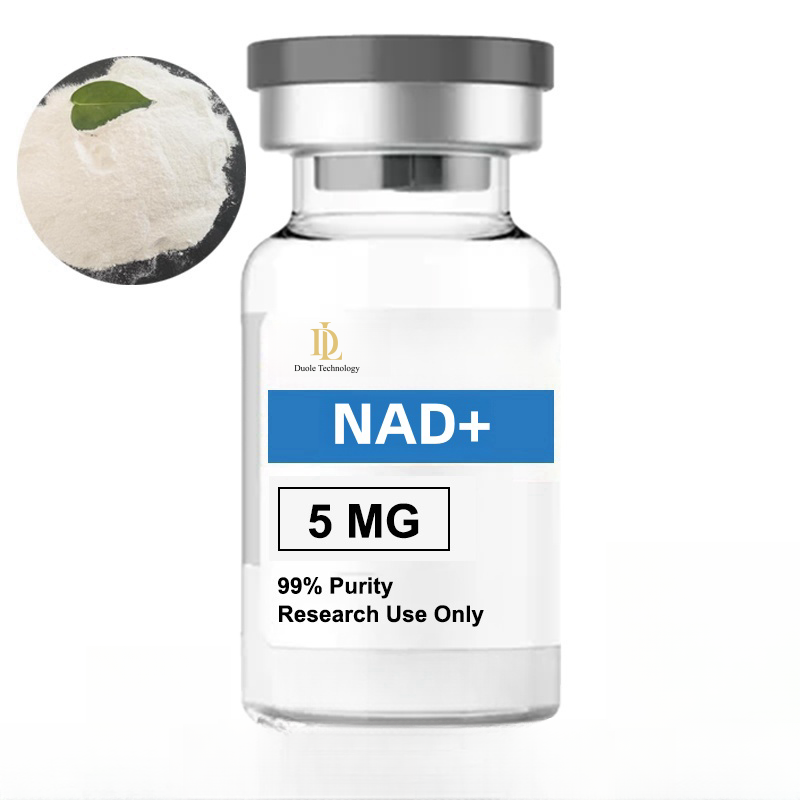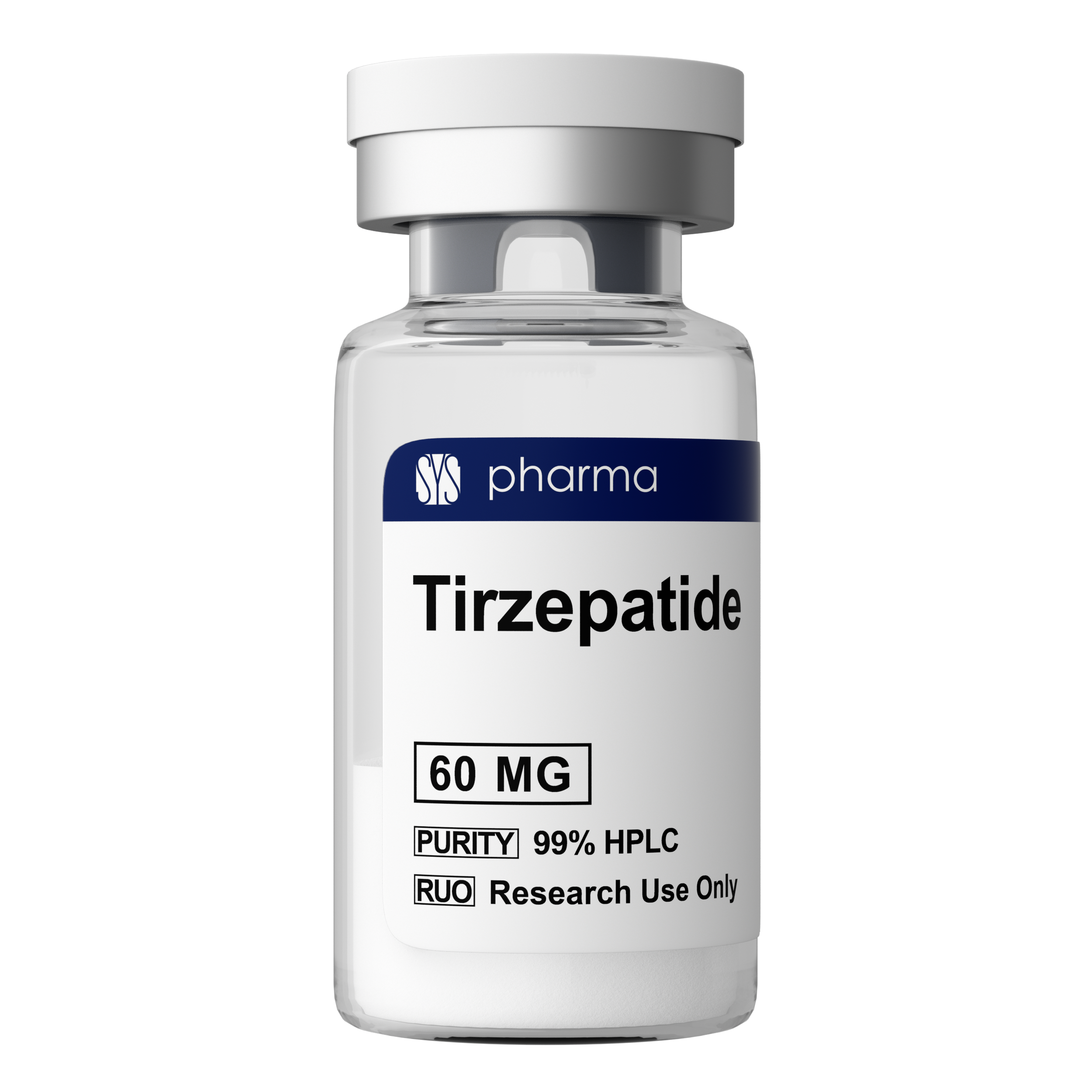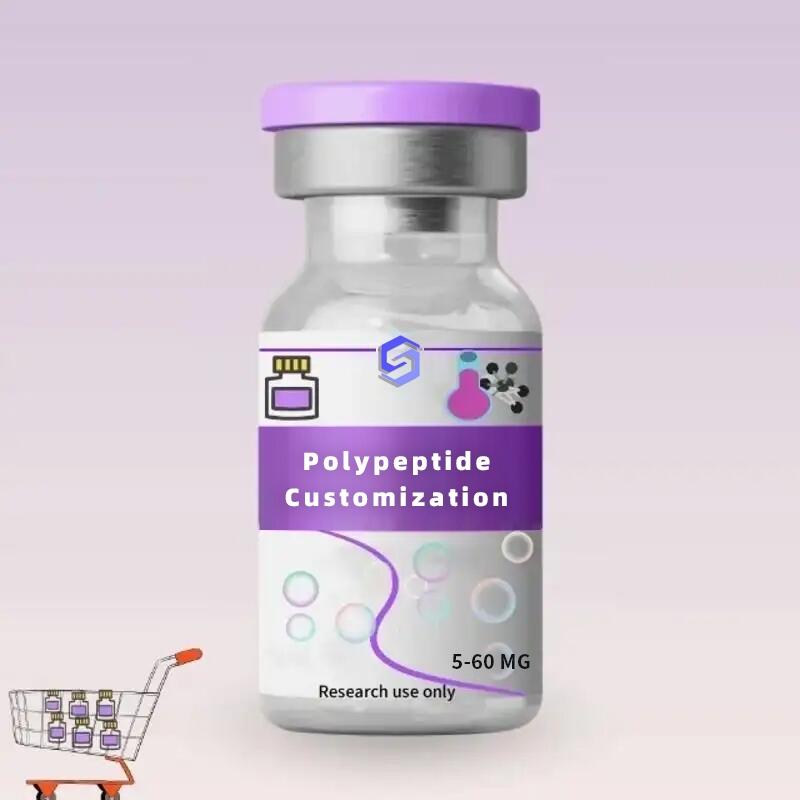-
Categories
-
Pharmaceutical Intermediates
-
Active Pharmaceutical Ingredients
-
Food Additives
- Industrial Coatings
- Agrochemicals
- Dyes and Pigments
- Surfactant
- Flavors and Fragrances
- Chemical Reagents
- Catalyst and Auxiliary
- Natural Products
- Inorganic Chemistry
-
Organic Chemistry
-
Biochemical Engineering
- Analytical Chemistry
-
Cosmetic Ingredient
- Water Treatment Chemical
-
Pharmaceutical Intermediates
Promotion
ECHEMI Mall
Wholesale
Weekly Price
Exhibition
News
-
Trade Service
In the FDA's view, their tasks will be very heavy in the next five years
Recently, the FDA announced the PDUFA ("Prescription Drug Applicant Fee Act") fee plan for fiscal year 2022
Data shows that the FDA's application fees for new drugs that require clinical data have increased by approximately US$1 million in five years, from approximately US$2 million in 2017 to US$3.
01 Rising PDUFA fees
01 Rising PDUFA feesThe FDA receives thousands of applications for the marketing of new drugs and medical products every year
In the early 1990s, the FDA felt increasingly "headache" in the face of a mountain of new drug applications
In order to change this situation, the FDA first promulgated the PDUFA ("Prescription Drug Applicant Fee Act") in 1992
FDA increases manpower through PDUFA fees, thereby improving review efficiency
After the implementation of PDUFA, the effect is remarkable
Since 1992, the FDA has announced the next five-year PDUFA fee plan every five years, predicting the static PDUFA fee for each of the next five years
In the early days of the formulation of PDUFA, PDUFA’s fees were mainly divided into three parts: Application Fee, Establishment Fee, and Product Fee
The application fee refers to the relevant fees charged for the marketing application or supplementary application of a new drug or biological product
The implementation of PDUFA has greatly shortened the time for the approval of new drugs in the United States, but it has also attracted criticism because of rising prices and the difficulty of ensuring fairness and objectivity
Among the PDUFA fees in 1993, the application fee for each new drug that requires clinical research is US$100,000; the application fee for each production facility is US$36,000; and the fee for each product is US$6,000
Over time, the FDA has also adjusted the PDUFA fee structure, retaining application fees that require clinical data and application fees that do not require clinical data, canceling supplementary fees, and replacing production equipment and product fees with project fees
The PDUFA report in 2021 shows that in 2020, the marketing application fee for new drugs that require clinical research is approximately 2.
In the 2022 PDUFA fee plan notice, the FDA stated that it will continue to expand its staff and meet the review speed requirements through recruitment.
Looking back at the implementation of PDUFA for more than 20 years, the PDUFA fees charged by the FDA have continued to rise.
The total cost has increased from US$135 million in 1993 to US$1.
45 billion in 2019
.
Some experts believe that although the FDA has solved the issue of speed of approval through fees, it has actually become a "service provider" for pharmaceutical companies, and lacks a certain degree of impartiality and objectivity
.
The ever-rising application fees have also increased the cost of drug research and development, which will eventually lead to higher drug prices and increase the medical burden on the country and the people
.
02 Fee reduction
02 Fee reduction Of course, not all FDA projects will charge PDUFA fees
.
The PDUFA clause states that when the decision to waive fees helps public health and safety, the collection of fees will create obstacles to drug innovation, or the fees charged exceed the cost of review, the FDA can make a decision to waive, reduce, or refund fees
.
Among the specific conditions for exemption, reduction or refund, the application fee for new drugs for rare diseases is fully exempted
.
The FDA's definition of rare disease drugs is that the total number of patients with diseases treated in the United States is less than 200,000, or drugs that have not made a profit within 7 years after FDA approval
.
The FDA encourages the development of rare diseases, halving the tax on clinical research fees for "orphan drugs," exempting application fees, 7-year exclusive sales rights, and issuing clinical research subsidies and other benefits
.
Entering the international market by applying for the title of "Orphan Drug" is also one of the strategies for domestic pharmaceutical companies to go overseas
.
03 NMPA's high cost performance
03 NMPA's high cost performance Compared with the FDA's charging standards, the China National Medical Products Administration (NMPA) charges a lot lower for new drug listing applications
.
The catalog of fees for administrative licensing items of the Food and Drug Administration shows that the registration and marketing licensing fee for new drugs produced in China is 432 thousand yuan; the registration and marketing licensing fee for new drugs produced overseas is 594,900 yuan
.
The difference is that PDUFA stipulates that relevant fees are only charged for the new drug application stage, and relevant fees are not charged for the review of pre-clinical research application materials
.
In China, a fee of 192,000 yuan for clinical trials of new drugs produced in China will be charged, and a fee of 376,000 yuan for clinical trials of new drugs produced overseas
.
From the perspective of the fees for new drug marketing approval applications alone, the fees charged by the FDA are about 33 to 46 times the fees charged by the China Food and Drug Administration
.
In terms of the review time limit, the FDA will respond to most new drug marketing applications within 10 months, conduct standard reviews, and make urgent review within 6 months for urgent items
.
The time limit for review and approval of drug clinical trial applications and supplementary applications during drug clinical trials by the China Food and Drug Administration is 60 days; the review time limit for drug marketing authorization applications is 200 days, of which the priority review and approval procedure is 130 days , The time limit for the review and approval procedure for the priority review and approval procedure for drugs for rare diseases that are urgently needed overseas is 70 days
.
In contrast, the review time of the China Food and Drug Administration is much shorter
.
At the 2021 DIA China Annual Meeting, Wang Tao, deputy director of the Center for Drug Evaluation of the National Medical Products Administration, shared a set of data: Since 2016, the number of applications for drug registration in China has increased year by year, and in 2018 it achieved a 51.
66% increase.
Growth
.
Since 2019, drug review has completely solved the backlog problem left over from previous years, and the completion of review tasks has also increased by 30%.
By 2020, the overall completion rate of drug registration application review tasks within the time limit will reach 94.
48%.
In 2020 It has remained above 95% since July
.
In 2020, the Evaluation Center accepted 1,618 clinical implied licenses, with a completion rate of 99.
87% within the time limit; from January to April 2021, the completion rate of clinical implied licenses within the time limit was 100%, and the average evaluation time has been increased from 16 in 2015 The month is compressed to 50 days
.
Such review efficiency is very cost-effective for companies that carry out clinical trials and market new drugs in China
.
This is also a demonstration of the initial intentions and results of the drug review reform
.
Looking back before 2015, China's drug approval and listing progress was "slow" and low in efficiency, which has been criticized by the industry
.
It takes about 4 years for a new drug to be launched in other markets, but it takes an average of 8 years in China
.
On August 18, 2015, the State Council issued the "Opinions on Reforming the Drug and Medical Device Review and Approval System", which opened the curtain on drug review reform
.







